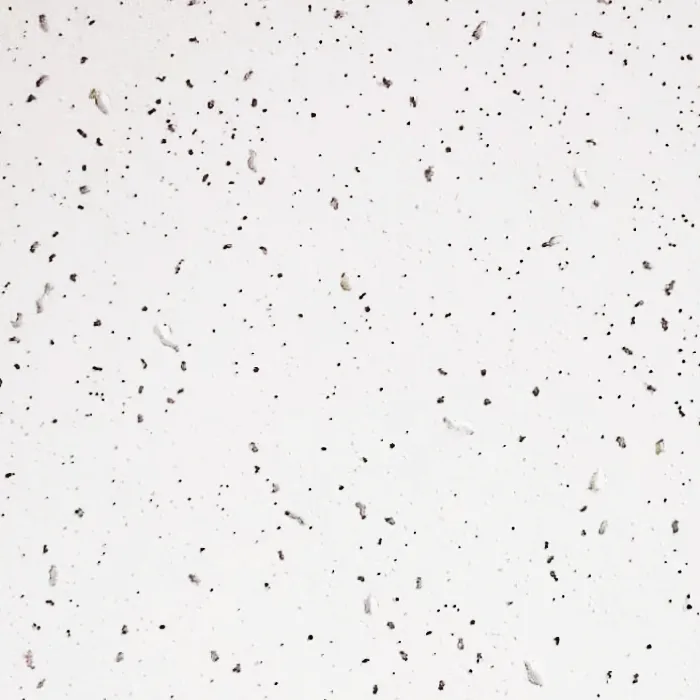10 月 . 08, 2024 19:07 Back to list
Exploring the Benefits and Features of Cross Tee Ceiling Systems
Understanding Cross Tee Ceilings An Overview
In modern architectural and interior design, ceilings play a crucial role in both aesthetics and functionality. One popular ceiling system that has gained traction is the cross tee ceiling. This innovative solution offers both versatility and ease of installation, making it a preferred choice for commercial and residential spaces alike.
What is a Cross Tee Ceiling?
A cross tee ceiling, often part of a suspended or dropped ceiling system, utilizes a grid layout formed by main beams and cross tees. The main beams run parallel, while cross tees intersect them, creating a grid where ceiling tiles can be inserted. This design allows for a clean, uniform appearance while also aiding in the concealment of wiring, plumbing, and HVAC systems.
Advantages of Cross Tee Ceilings
1. Versatility Cross tee ceilings can be used in a variety of settings, from offices and schools to healthcare facilities and retail spaces. The modular design allows for easy customization in terms of layout and aesthetics. Ceiling tiles can come in various materials, colors, and patterns, enabling designers to tailor the look to fit the overall theme of the interior.
2. Ease of Installation One of the most significant benefits of cross tee ceilings is their straightforward installation process. The grid system allows for easy attachment to existing structures, reducing the time and labor required for setup. In the case of repairs or modifications, individual tiles can be quickly removed and replaced without disturbing the entire system.
cross tee ceiling

3. Improved Acoustics In environments where sound management is crucial, cross tee ceilings can significantly enhance acoustic performance. By using acoustic tiles, these ceilings can absorb sound, reducing noise levels and creating a more comfortable atmosphere. This feature is especially valued in educational institutions and open office spaces where noise levels can disrupt productivity.
4. Hiding Mechanical Systems The ability to conceal unsightly components is another advantage of cross tee ceilings. Electrical wiring, air ducts, and plumbing can be effectively hidden from view, allowing for a cleaner and more professional appearance. This is particularly beneficial in environments where aesthetics matter, such as retail or hospitality spaces.
5. Energy Efficiency The design of cross tee ceilings can also contribute to energy efficiency. Certain types of ceiling tiles are designed to reflect light, which can reduce the need for artificial lighting during daytime hours. Moreover, these ceilings can support insulation, aiding in temperature control and reducing energy costs.
Considerations for Cross Tee Ceilings
While cross tee ceilings offer numerous advantages, there are some considerations to keep in mind. Installation requires precision to ensure that the grid is level and securely anchored. Additionally, when choosing tiles, it’s important to select materials that meet fire regulations and other safety standards.
Conclusion
In conclusion, cross tee ceilings are a practical and visually appealing solution for a variety of construction and renovation projects. Their versatility, ease of installation, acoustic benefits, and energy efficiency make them a popular choice among architects and builders. As design trends continue to evolve, cross tee ceilings will likely remain a staple in both commercial and residential environments, proving that functionality and aesthetics can indeed coexist harmoniously. Whether you are designing an office, school, or retail space, incorporating a cross tee ceiling can add value and enhance the overall design.
-
Revolutionizing Interior Design with Ceilings t grid Suspended SystemNewsOct.29,2024
-
Revolutionizing Ceiling Design with ceiling access panel with Gypsum Tile WaterproofNewsOct.29,2024
-
Revolutionizing Interior Design with PVC Gypsum Ceiling: A Comprehensive GuideNewsOct.29,2024
-
Elevating Interior Design with High quality Mineral Fiber Ceiling TilesNewsOct.29,2024
-
Revolutionizing Interior Design with PVC Gypsum Ceiling: A Comprehensive GuideNewsOct.29,2024
-
Elevating Interior Design with High-Quality Mineral Fiber Ceiling Tiles: A Comprehensive GuideNewsOct.29,2024







